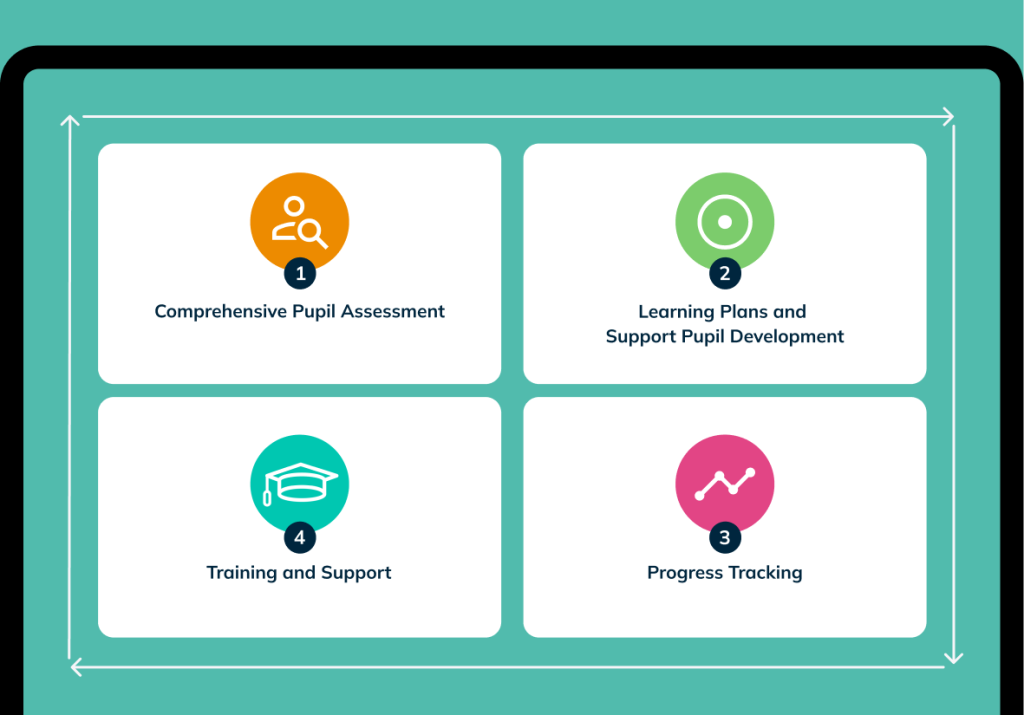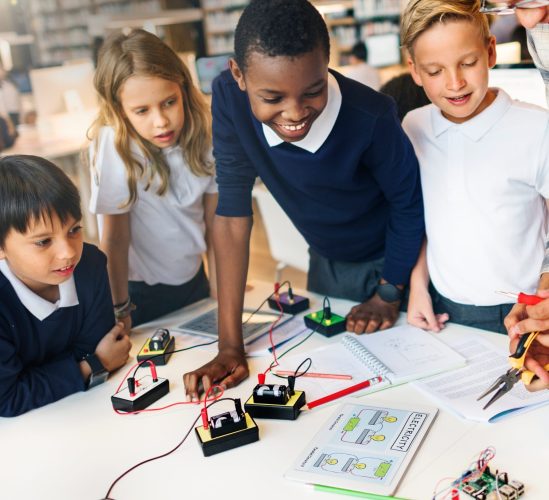Supporting the emotional & behavioural development of all pupils aged 4-18
A comprehensive whole-school approach to assess and support the social, emotional, and behavioural development of all children and young people, to positively impact their learning, behaviour, attendance, and wellbeing.
- Comprehensive assessments
- Identify and visualise need
- Individual and group learning plans
- Tracking progress

Staff use a quick two-part checklist to assess skills and identify developmental needs, helping tailor support based on evidence.

Set and track achievable targets to support student development and improve group and class dynamics.

Track individual and school-wide progress to guide decisions on resources and interventions.

Championing nurture in education
We help to unlock pupils’ potential, by removing barriers to learning. In the last year we’ve reached over:
Why do we need to assess pupils’ wellbeing?
On average, over a third of pupils have some social, emotional or mental health (SEMH) need. For one in ten pupils, this need will be high, presenting as behavioural difficulties or diagnosable disorders like ADHD.

However, research in our Now You See Us study suggests that another quarter of pupils will have moderate SEMH needs, which are much harder for educators to identify, but which can have a significant impact on pupils’ learning.
The Boxall Profile® Online is the first step along the graduated approach to nurture and is the best way to identify and address hidden issues, ensuring that every child and young person gets the support they need to engage fully with their learning. The combination of the assessment tool and the graduated approach helps to create a nurturing and supportive environment, ensuring that children and young peoples emotional and social wellbeing is addressed effectively throughout the different levels of support.
Boxall Profile® assessments are not designed as a diagnostic tool for specific mental health conditions, learning difficulties or developmental difficulties. Instead, assessments are designed to help professionals understand and work more effectively with children and young people, in a way that’s sensitive to the needs of the child or young person being assessed.

The two-part checklist
The two-part checklist, which is completed by staff who know the child and young person best, is quick — and, very importantly, identifies the levels of skills that children and young people possess to access learning.
Who Benefits?
- Children and Young People
- Practitioners and Teaching Staff
- Schools and Education Settings
- Local Authorities, Trusts and Governments

NEW Track and measure progress
Track the progress of individual pupils and the whole school. View a snapshot of your whole school and create comparison reports to track progress over time and empower staff and senior leaders to make data informed decisions, helping them to plan whole school, class or individual resources, interventions and support to ensure that pupil wellbeing is supported across the whole setting.
The Boxall Profile® helps with
Loved by industry leaders
Latest News, Evidence & Impact
Nurtureuk and the Boxall Profile® Online at the Education Today Awards
What a great evening at the 2024 Education Today School & Supplier Awards on Friday.
Read moreThe Boxall Profile® Online December 2024 Update
After listening to user feedback we have been working hard over the spring months to update the Boxall Profile® Online and we’re excited to share these updates with you.
Read morePromoting student health and wellbeing: A Comprehensive Guide
In today’s fast-paced and often stressful world, prioritising the health and wellbeing of students is more crucial than ever. Schools play a pivotal role not only in educating students but also in fostering environments that promote their overall health and emotional wellness.
Read more
Evidence & Impact
Analysis of the Boxall Profile® data gathered by BCP primary schools during the academic year 2017/18 revealed high levels of SEMH needs in schools that
assessed the whole school or whole-year groups of children.






